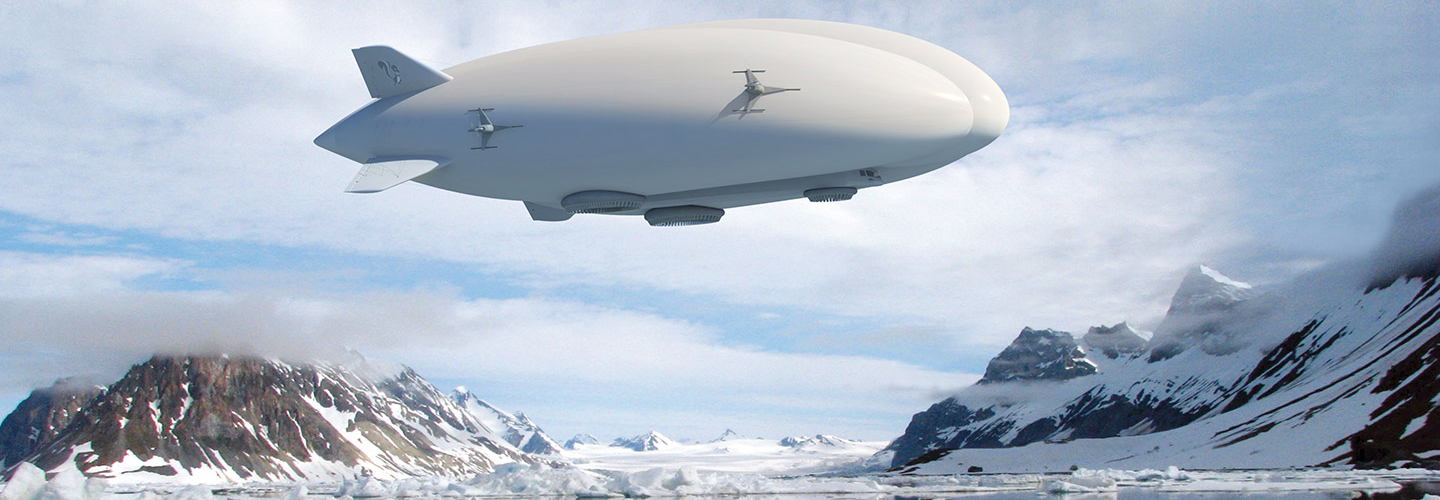Today, airplanes and helicopters rule the skies. But that wasn’t always the case. In the early 20th century, people thought floating, gas-filled airships would be the flying machines of the future.
Henri Giffard of France invented the airship in 1852—more than 50 years before the Wright brothers built and flew the first airplane in Kitty Hawk, North Carolina. But when airplanes began taking off, airships quickly fell out of favor.
Not everyone thinks the floating vehicles are just a side-note in aviation history. In fact, leading engineers say fleets of airships could take to the skies once again. They believe the cleaner, cheaper aircraft could revolutionize how cargo is shipped around the world.
Today, airplanes and helicopters rule the skies. But that wasn’t always the case. In the early 20th century, people thought floating airships would be the flying machines of the future.
Henri Giffard of France invented the airship in 1852. That was more than 50 years before the Wright brothers built and flew the first airplane in Kitty Hawk, North Carolina. But when airplanes began taking off, airships quickly fell out of favor.
It may seem that the floating vehicles are just a side-note in the history of flight. But not everyone thinks so. Leading engineers say fleets of airships could take off once again. They believe the cleaner, cheaper aircraft could change how cargo is shipped around the world.

